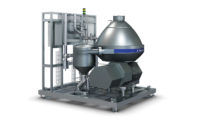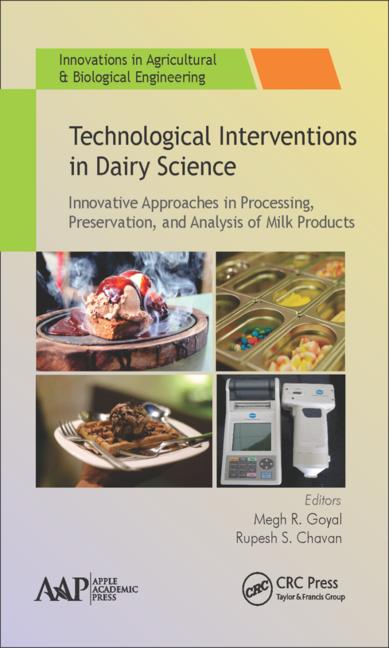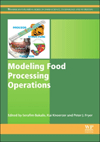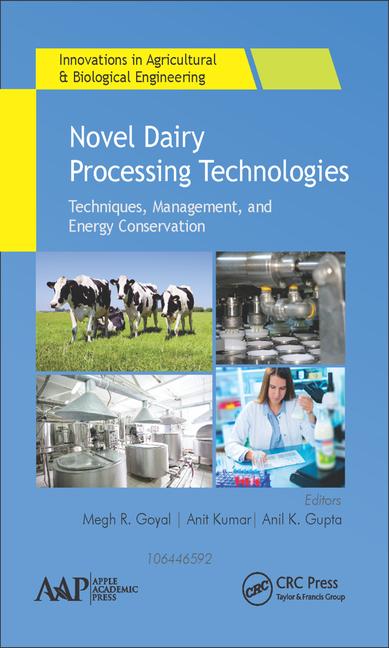High-pressure processing destroys pathogens
The HPP step takes place after the food or beverage is packaged.






Dairy processors have long relied on pasteurization, which applies mild heat to a product for a set amount of time, to eliminate pathogens and extend the shelf life of products. Unfortunately, the process can negatively impact the sensorial and nutritional aspects of the product.
One alternative that has been rising in popularity is high-pressure processing (HPP). It employs extremely high pressure to destroy pathogens.
How it works
The HPP step takes place after the food or beverage is packaged, explained Lisa Wessels, marketing director for Chicago-based JBT Corp./Avure Technologies (Chicago-based JBT acquired Avure in 2017). The packaged products are placed into a “basket,” which is sealed and then enters the HPP unit. Purified water is then pumped into the unit.
“That water is then pressurized up to 87,000 psi, which is six times more than the deepest part of the ocean,” Wessels noted. “And it’s held under that pressure for a certain amount of time, depending on what is being treated, what type of food.”
Typically, the holding time is one to two minutes, she said. The water is then depressurized before it flows out of the unit, and the basket exits the vessel.
“Pathogens like E. coli, Listeria monocytogenes and Salmonella are inactivated because the cellular wall cannot withstand that type of pressure,” Wessels explained.
Flavor, texture, nutritional benefits
One advantage of HPP in dairy applications is that, unlike pasteurization, it keeps the vitamins and minerals intact, Wessels noted. It also extends the shelf life while protecting the product’s flavor.
Vinicio Serment, Ph.D., USA applications manager for Hiperbaric USA, Miami, pointed out that HPP milk boasts an unaltered flavor and maintains a creamy texture.
“Similarly, high pressure provides a firmer yogurt structure perceived as texture without the use of stabilizers or subsequent heating,” he said. “Additionally some of the chemical compounds associated with the sensory characteristics and nutritional profile of dairy products are heat-sensitive and are better preserved with pressure.”
David Peck, senior food scientist with JBT Corp./Avure Technologies, also highlighted texture-related advantages.
“The process affects the protein matrix in some of these foods and actually improves the mouthfeel,” he said. “It can, in certain products, inhibit or decrease syneresis, which is the liquid oozing out.”
And when used for cheeses, HPP can also accelerate the aging process, Peck said, as well as improve the flavor of the cheese.
A few drawbacks
HPP does have limitations, however. One drawback, Serment said, is that it cannot inactivate bacterial spores — which he likens to “bunkers in which bacteria hide when conditions are not favorable to grow.” But this can also be viewed as an advantage because it allows the incorporation of spore-forming probiotics that enhance digestive health.
But it can also reduce the numbers of certain probiotic organisms in a dairy product such as a yogurt, Peck noted. Dairy processors could overcome that issue by increasing the number of probiotic organisms in the formulation or, perhaps, by allowing for a “very controlled, slightly elevated storage time” following HPP to allow the numbers to rebound.
“The lactic acid bacteria which are probiotic, especially the homofermentative species, are probably the most resistant to HPP,” he noted, “but you still get a significant reduction.”
Structural changes also can adversely impact visual appearance, Serment added.
“Numerous factors such as pH, particle size, mineral content, etc., affect protein and fat stability, but product reformulation can help to overcome these issues,” he said. “Some examples in which processors have overcome undesired effects in HPP dairy foods include ‘queso fresco’ and fresh cheese crumbing, or gel formation, phase separation and color change in milk.”
Serment added that developing and validating novel antimicrobials and ingredients to stabilize dairy food structures — from natural sources that mesh with the clean-label trend — will be crucial to expand HPP within the dairy processing sector.
Dairy applications
HPP also isn’t suited for every dairy application. As Peck explains, U.S. regulatory hurdles prevent it from being used on milk, for example. The process works best, he said, for cottage cheese, soft cheeses such as Mexican cheese, and yogurt and yogurt-based products such as salad dressings and dips.
Speaking of dairy dressings, JBT/Avure worked in its lab alongside Bakersfield, Calif.-based Bolthouse Farms Inc. to develop the Bolthouse Farms lineup of yogurt-based salad dressings.
“We helped them with the recipes for those dressings,” Wessels said. “They taste great; they’re lower in calories because of being yogurt-based; they’re all natural.”
For its part, Hiperbaric worked with Good Foods Group, Pleasant Prairie, Wis., to help the company launch a line of Greek yogurt-based and plant-based dips, Serment noted. He also pointed to fresh mozzarella, cheese snacks, kefir and spreads/sandwich fillings as other HPP opportunities. N
Looking for a reprint of this article?
From high-res PDFs to custom plaques, order your copy today!












